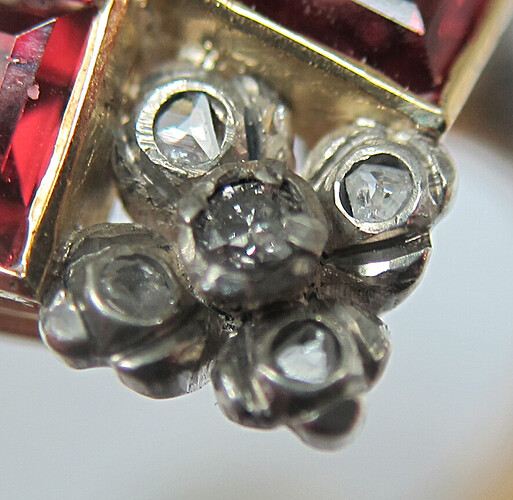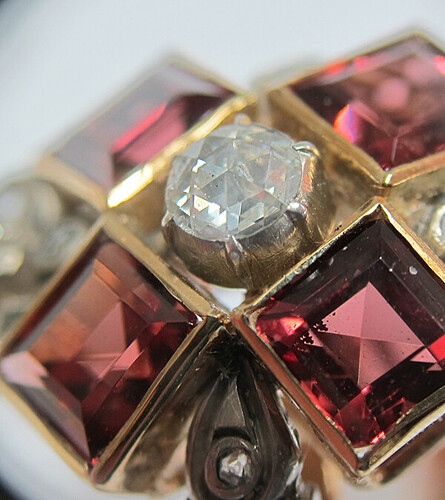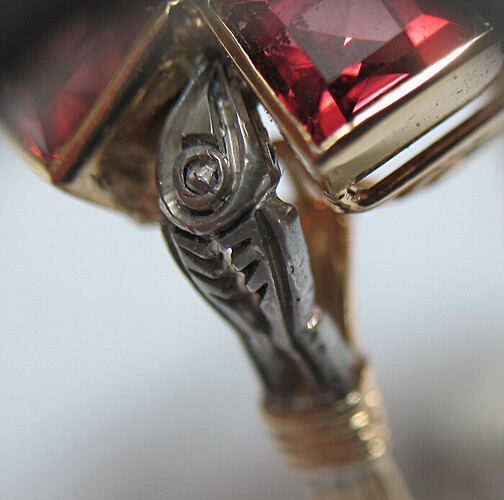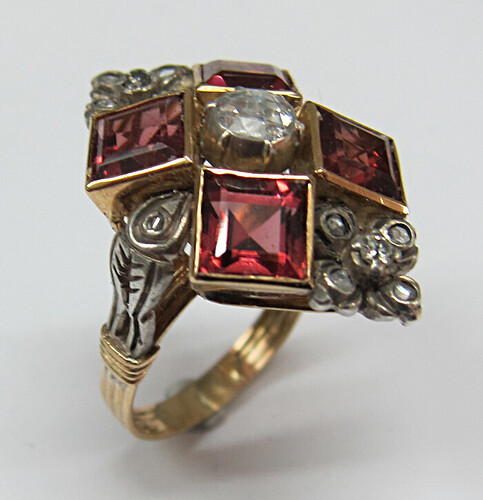I have a couple of customers who want me to make pieces from old
family jewelry. I am having difficulty getting it to roll out into
sheet or wire correctly, and am not sure what I am doing wrong. I am
NOT very experienced doing this, especially with the wire! I have an
old cheap rolling mill, but it generally does what I need it to when
I’m melting my scrap from purchased sheet and wire. I have a Durston
combo mold from Rio. I’m melting in a crucible, seasoned with flux.
Tried several things on the mold, but that part seems to be working
fine - currently using a spray release from Rio. Nice. So I melt it
fine, pour into the heated mold fine, remove fine. Looks great.
Then I move to the rolling mill and the problems begin. It begins to
crack immediately. I read the info sheet by Durston on the Rio site,
and it says to anneal after a certain percentage of reduction, and
to turn the piece every pass through the mill. I’m at the point of
annealing after EVERY pass, and it is still cracking before it gets
small enough to run through my draw plate ![]()
Someone said maybe it was “old” metal? Beats me. it was marked
sterling, and certainly seemed to be sterling. I sure can’t get any
wire made though! About to pull my hair out :(I have several pieces
to make with old family silver, and some with old family gold, so
really need to get this sorted out!
Any suggestions or tips would be much appreciated!
Beth Wicker



